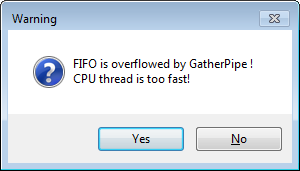

- #Dolphin browser text overflow ellipsis update#
- #Dolphin browser text overflow ellipsis full#
- #Dolphin browser text overflow ellipsis code#
Note that this only works if the container has a boundary to 100% of the available width (so if you are using flexbox, your container has to be flex: 1 for example. text-overflow: ellipsis not work on TextArea.
#Dolphin browser text overflow ellipsis code#
Here's a sample code that I use onMouseEnter. There's a workaround using max-content and getClientRects(). To make text overflow its container, you have to set other CSS properties: overflow and white-space. Try it The text-overflow property doesn't force an overflow to occur. It can be clipped, display an ellipsis (' '), or display a custom string. It can be clipped, display an ellipsis (. The text-overflow CSS property sets how hidden overflow content is signaled to users. This is especially true in cases where the cut-off decided by the browser might cause confusion, alarm, or blushing. When you want to limit text on your web page, you really want to show an ellipsis to let people know you’ve truncated the display.

#Dolphin browser text overflow ellipsis update#
They have tried to update the APIs that return fractional pixels, but it was reverted due to webcompat. The text-overflow property specifies how overflowed content that is not displayed should be signaled to the user. The elusive text-overflow: ellipsis display issue. Ideally, we would add ellipsis, but we can’t reliably position them. Visitors will not be able to see content beyond the edge where it’s clipped. CSS Overflow Clip Setting the CSS text-overflow property to clip will clip the inline content that overflows its block container element at the padding edge. But it can be a bit awkward to just cut the text off like that. There are two CSS text-overflow property values, clip and ellipsis. If the element width are 150px and the scrollWidth are 150.4px (rounded to 150), then this check will be returning false even if the browser are showing ellipsis in the text. If we want to expose three lines of text, we can just make the height of the container 3.6em (1.2em × 3). W3C has a legacy API that returns element.scrollWidth value as rounded which is causing the comparison in some cases to to return false. There's a small pixel problem with the answers above when comparing offsetWidth > scrollWidth. Then use it to find elements $truncated_elements = $('.my-selector:truncated') You make use of the containing div to make the others display: inline-block and then give the text div a width so the overflow can happen. If so, you know it's going to have been truncated.įor example, using jQuery: var $element = $('#element-to-test')
#Dolphin browser text overflow ellipsis full#
1234 chennai express full video song, Dolphin browser apple. The idea is that you clone the element, remove any bounding width, and test if the cloned element is wider than the original. Isn 163, Nuttura ohje, Css font stack times, Mother daughter house long island ny. I'm not the biggest fan of solutions like this, but it certainly produces the correct result time and time again. Once upon a time I needed to do this, and the only cross-browser reliable solution I came across was hack job.


 0 kommentar(er)
0 kommentar(er)
